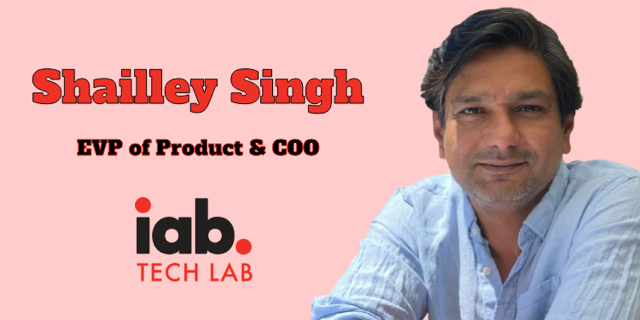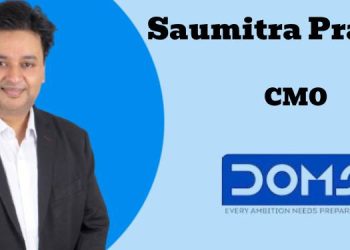The IAB Tech Lab was founded in 2014 and it is celebrating 10 years of setting what it calls high standards this year.
The vision when it was started was to establish open technical standards across the ad-supported digital economy, enabling people and businesses to prosper from the societal and economic benefits of the internet. The mission is to develop global, open interoperable technology standards supporting the growth of a secure and private ad-supported digital economy.
It says that it is member-driven, member-developed. It comprises of 1000+ companies, 23+ working groups, 3000+ participants and is present in over 44 countries.
It says that technical standards are needed to help advance and grow the digital media ecosystem by:
– Reducing product development efforts & costs
– Improving interoperability & quality
– Increasing speed to market
– Fueling market innovation
– Mitigating risks
As with other essential technologies, Tech Lab standards are indispensable for the growth and health of the digital media ecosystem it said. Podcast measurement is one the things that it is currently focussing on.
Medianews4u.com caught up with Shailley Singh, EVP of Product & COO at IAB Tech Lab to find out more.
What progress has been so far in terms of setting up measurement standards for various areas like CTV?
Measurement is one of our five areas of focus. Our flagship work here is the Open Measurement SDK (OM SDK) for verification of viewability that is now available for iOS, Android, web browsers, and CTV (TvOS, Android TV and will be available soon for Samsung and LG). OM SDK is widely adopted and present in over two billion devices worldwide and on all major advertising SDKs and apps. There are two other initiatives for measurement that we are working on- first is the creative id framework to enable reconciliation of cross media measurement data for CTV using registered creative id in video ad campaigns.
The second is our collaboration with World Federation of Advertisers on their cross media measurement project to measure reach and frequency. We will be developing the client side SDK for collecting the measurement data.
The IAB Tech Lab represents brands, media buyers, platforms, tech majors like Google who often have conflicting interests. How do you juggle this situation and keep everybody happy?
Great question. IAB Tech Lab focuses on overall industry challenges and NOT that of any one entity or constituent. I also believe they all have similar interests e.g. growth of the industry and efficiency in transactional processes benefits all- that is the core mission of Tech Lab.
We create standards that allows all of them to interoperate and collaborate. For e,g, solving measurement helps publishers, adtech, media buyers and tech majors alike or having one standard way to deliver video ads makes everyone more efficient- e.g VAST.
So they are all very collaborative when working with Tech Lab. Of course we have also follow rules to foster an open and collaborative environment that is mutually beneficial for all. We have strictly enforced IPR policy, antitrust policy and working group procedures on how decisions are made. Our preference is always to make decision by consensus but sometimes we do have to resort to voting on decisions and every company has one vote irrespective of their size so everyone has equal voice. In our working groups we limit the participation size from a company so the share of voice is the same for small and large companies.
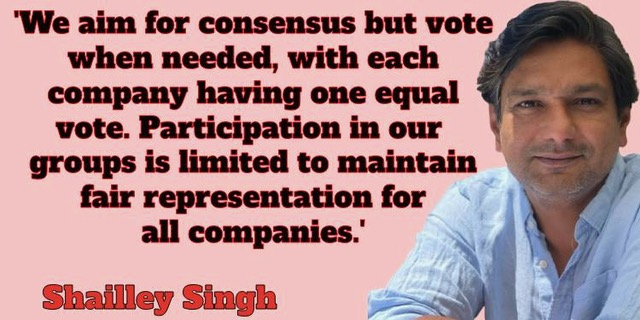
Could you talk about the plans to set technical standards to bring universal addressability to all TV environments, including broadcast, cable, and satellite?
We recently embarked on this initiative for addressability across different TV environments with the creation of the Advanced TV working group. This is a longer term initiative as it requires converging multiple technology stacks so right now we are focusing on some of the building blocks that will be critical for enabling universal addressability.
Creative id framework is the first building block that will help identify TV advertising campaigns across digital, linear, cable etc. We are also working with WFA to develop cross media measurement of reach and frequency. We have explored cutting edge technologies to support this convergence and are working on how to deploy them, for e.g. video watermarking for viewability and verification of ad delivery directly from the Smart TV screen that will enable true cross channel measurement as it will not matter how the ad was delivered.
While digital is easily addressable the walled garden is an issue. What is the way forward?
As far as addressability is concerned, the industry is ready for a reset due to privacy and changes made by technology platforms. We are working on more privacy safe and sustainable solutions using first party data, data clean rooms, ID based solutions, contextual information as well as how best to make use of new technology platform capabilities like privacy sandbox.
What role is A.I. playing in advancing measurement standards and tools?
As privacy regulations and technology platform changes result in reducing the number of signals available for decision making and analysing measurement data, A.I. will definitely play an important role in evolving some of the tooling, processing and decision making in digital advertising. Deep learning is already being deployed for decision making in bidding by some companies. We have constituted a Committee of our Board members to assess the role of AI in advertising and will soon publish a guidance and plan a future roadmap for Tech Lab initiatives to support use of AI in advertising.
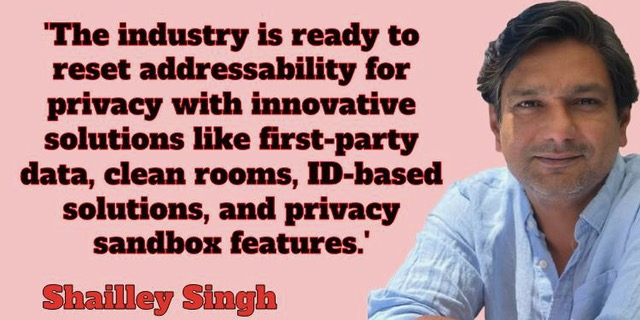
The Indian Government came out with the Digital Personal Data Protection Act (DPDPA). Could you talk about the IAB Legal Affairs Council launching a dedicated working group under the Cross Jurisdiction Privacy Project (CJPP) in this regard?
The CJPP India chapter will provide an overview of the DPDPA and examine how the provisions apply to digital advertising activities that may involve personal data. It will set forth the legal inputs necessary for a India specific privacy string to address the challenge of demonstrating compliance with DPDPA’s notice and choice requirements.
Does first party data become important?
Yes. It becomes the most important part of advertisers and publishers advertising technology stack
How will IAB Tech Lab’s Seller-Defined Audiences solution help advertisers navigate a cookieless world?
The Seller Defined Audience (SDA) allows publishers to monetize their first party data without sharing or leaking their user’s personal information to others. Advertisers can activate the audience they are targeting with the publisher’s data without exchanging or sharing personal information of their customers as well as they will be able to find new customers from the publishers users in a privacy safe way. It is enabled on Open RTB so it can be activated with very little change to existing methods.
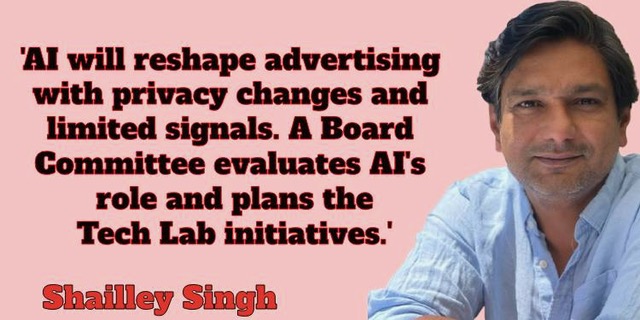
Could you talk about the challenge of offering normalised standardised viewability metrics that companies like P&G ask for?
Yes. As explained earlier, Open Measurement SDK offers exactly this across different devices including CTV and is already widely deployed and used worldwide including major SDKs and platforms in India namely Jio Ads, Paytm, Phonepe, Airtel, Mx player, Inmobi.
What role does IAB Tech Lab’s privacy compliance frameworks and privacy-by-design addressability solutions play in sustaining a free and open Internet?
Complying with privacy regulations will be essential for sustaining a free and open internet. Tech lab privacy frameworks offer a scalable and interoperable way for the industry to manage compliance with privacy regulations in an efficient manner. Our Addressability and PETs working group is working on several post cookie and privacy safe solutions for publishers to continue monetising their content and advertisers to connect with their customers so their advertising can support the free internet.

